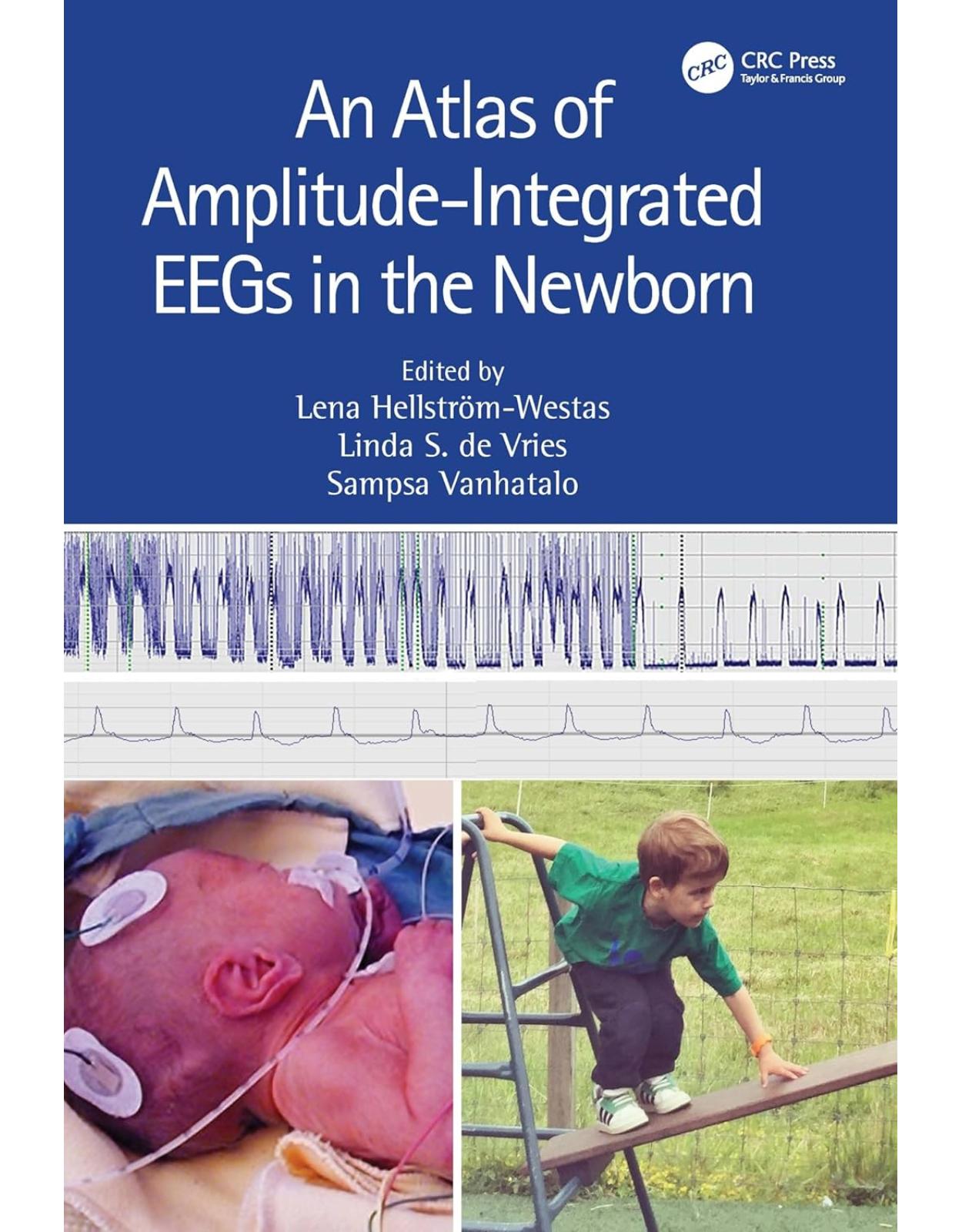
An Atlas of Amplitude-Integrated EEGs in the Newborn
Livrare gratis la comenzi peste 500 RON. Pentru celelalte comenzi livrarea este 20 RON.
Disponibilitate: La comanda in aproximativ 4 saptamani
Editura: CRC Press
Limba: Engleza
Nr. pagini: 176
Coperta: Hardcover
Dimensiuni:
An aparitie: 28 feb 2025
This new edition updates the definitive clinical atlas textbook on interpreting continuous amplitude-integrated electroencephalography monitoring in neonatal units. It presents a comprehensive instructive overview linking tracings, scans, neuroimaging, real-time tracing clips, and detailed clinical scenarios and is an invaluable guide to all those needing to learn how to use aEEG for the best and safest results. An online quiz is available to enhance training and performance. This third edition of the aEEG atlas summarizes the experience and evidence of more than 40 years of aEEG monitoring in the newborn and also addresses the development and future of brain monitoring.
Table of Contents:
Foreword
aEEG Atlas: List of Abbreviations
1. Monitoring the Newborn Brain
1.1 History of aEEG
1.2 Underpinnings of the CFM/aEEG Success
1.3 Absolute Measures vs. Pattern Recognition in the aEEG Interpretation
1.4 Comparability between aEEG Devices
Acknowledgements
References
2. Brain Activity and Generation of EEG Signal
2.1 Anatomy of the EEG Signal
2.2 Spatial View of the EEG Signal
2.3 General Aspects of Visual EEG Interpretation
2.4 Key Concepts in the Visual Review of EEG Signals and aEEG Trends
2.5 A Systematic Approach to Reviewing the aEEG Trend
2.6 Review after Monitoring
2.7 Rationale of the aEEG Trend
2.8 Background Classifications
2.9 Continuous Background
2.10 Discontinuous Background
2.11 Pathological Activities in the aEEG
2.12 Early Maturation of EEG and aEEG activity
2.13 Reliability in the Visual Review of aEEG Trends and Raw EEG Signals
References
3. Electrode Application, Recording Caveats and Artefacts
3.1 Number of Electrodes
3.2 Alternatives for the Electrode Attachment
3.3 Non-Invasive Electrodes
3.4 Invasive Electrodes
3.5 Training for aEEG Recording
3.6 Pitfalls and Caveats, Artefacts
3.6.1 Impedance vs. Electrode Contact vs. Signal Quality
3.6.2. Artefacts
References
4. Seizures
4.1 Etiology and Diagnosis of Neonatal Seizures
4.2 Postnatal Age at Seizure Onset
4.3 Electrographic Seizure Definition
4.4 Seizure Detection with aEEG
4.5 Seizure Types That May Go Unnoticed in the aEEG Trend
4.6 Seizure Burden (SB)
4.7 Role of Automated Seizure Detection
References
5. Neonatal Encephalopathy in the Full-Term Infant Due to Hypoxia-Ischemia and Focal Brain Lesions
5.1 Neonatal Encephalopathy (NE) Due to Hypoxia-Ischemia
5.1.1 aEEG Background Activity
5.1.2 Sleep-Wake Cycling (SWC)
5.1.3 Reactivity to Care
5.1.4 aEEG, NIRS and Biomarkers
5.1.5 Preterm Infants with HIE
5.1.6 Seizures in Infants with NE Following HI or Focal Brain Lesions
5.2 Neonatal Encephalopathy Due to Causes Other Than Hypoxia-Ischemia
References
6. Neonatal Encephalopathy Due to Infections, Metabolic Disorders and Genetic Causes
6.1 Hypoglycemia
6.2 Metabolic Diseases
6.3 Hyperbilirubinaemia
6.4 Central Nervous System Infections
6.5 Neurocutaneous Syndromes and Brain Malformations
6.6 Neonatal Epilepsy
References
7. The Preterm aEEG
7.1 aEEG Monitoring of Preterm Infants
7.2 Normal Maturational Changes
7.3 Assessing Continuity in the Preterm aEEG
7.4 aEEG Recordings in Extremely Preterm Infants
7.5 Burdjalov Score and Measures of aEEG Maturation
7.6 Sleep-Wake Cycling (SWC)
7.7 aEEG Monitoring in Sick and Unstable Preterm Infants
7.8 Acute Changes
7.9 Chronic Changes
7.10 Seizures
7.11 Prediction of Outcome
References
8. Other EEG Trends and Computational Measures
8.1 Feature-Based Trends
8.2 Interpreting Trends
8.3 Visualization of Trends Other Than aEEG
8.4 Other Computational Measures
8.4.1 Measures with Correlates in Visual Review
8.4.2 Computational Measures beyond the Visually Reviewed EEG Properties
8.4.3 Future Directions in the Computational Analyses of the Newborn EEG
References
9. Advancing Neonatal Neurocritical Care with Brain Monitoring
9.1 Introduction
9.2 Neurocritical Care for Neonates
9.3 All Care Is Brain Care—Applying Principles of NeuroNICU Care to Every Baby in Every Unit
9.4 Multimodal Monitoring
9.5 Suggested Clinical Practice Guidelines for Review of aEEG/vEEG
References
| An aparitie | 28 feb 2025 |
| Autor | Linda S de Vries, Lena Hellström-Westas, Sampsa Vanhatalo |
| Editura | CRC Press |
| Format | Hardcover |
| Limba | Engleza |
| Nr pag | 176 |

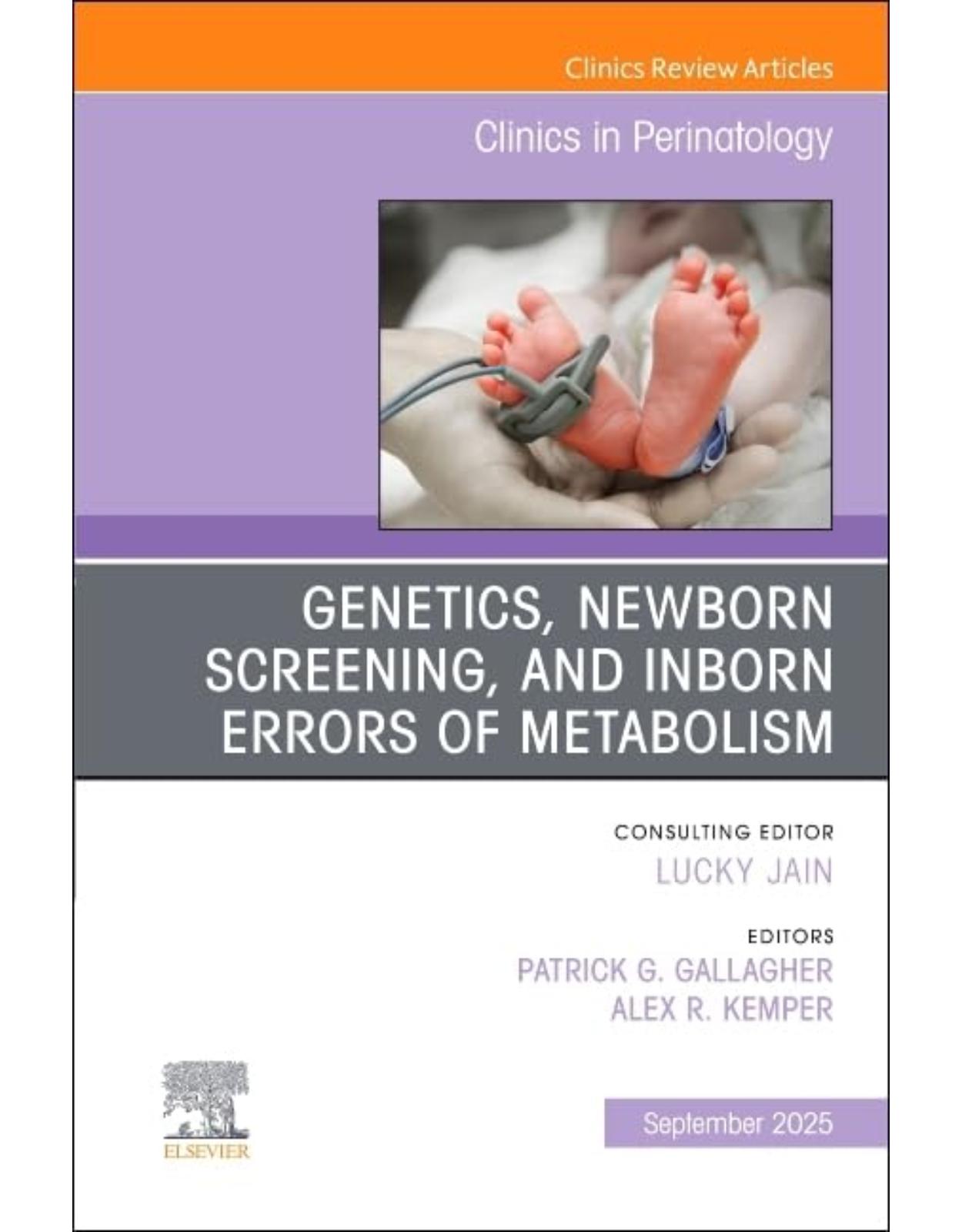
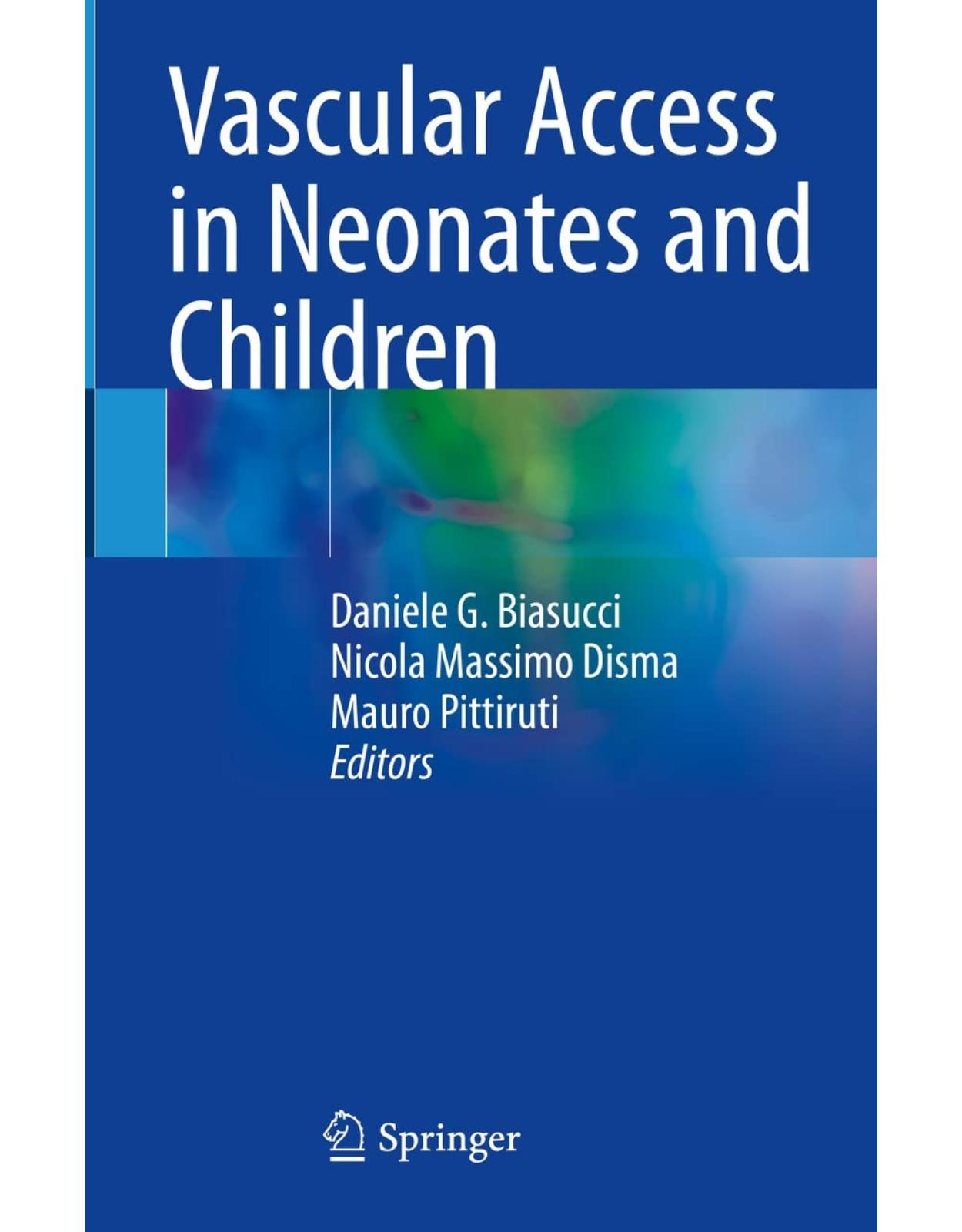
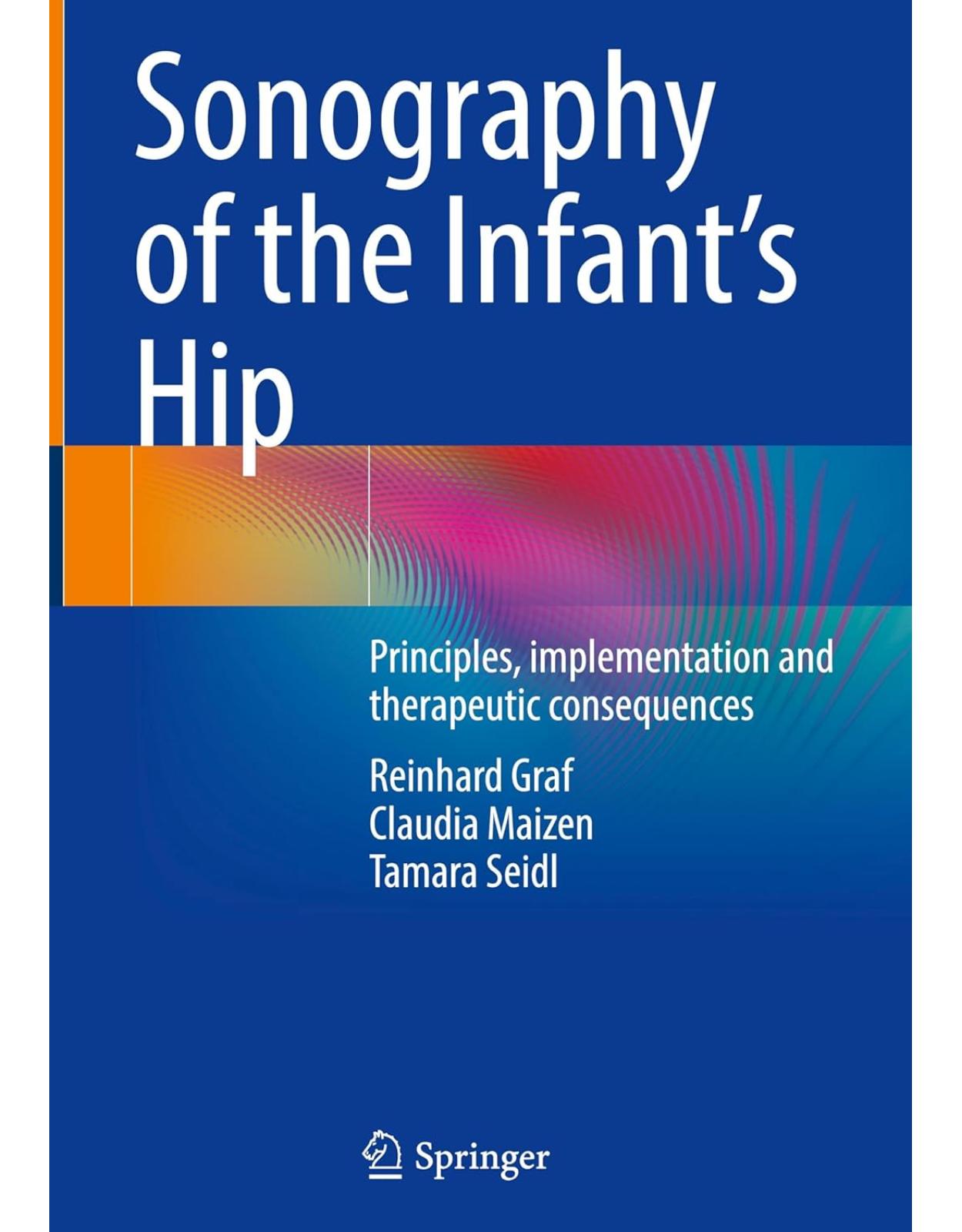
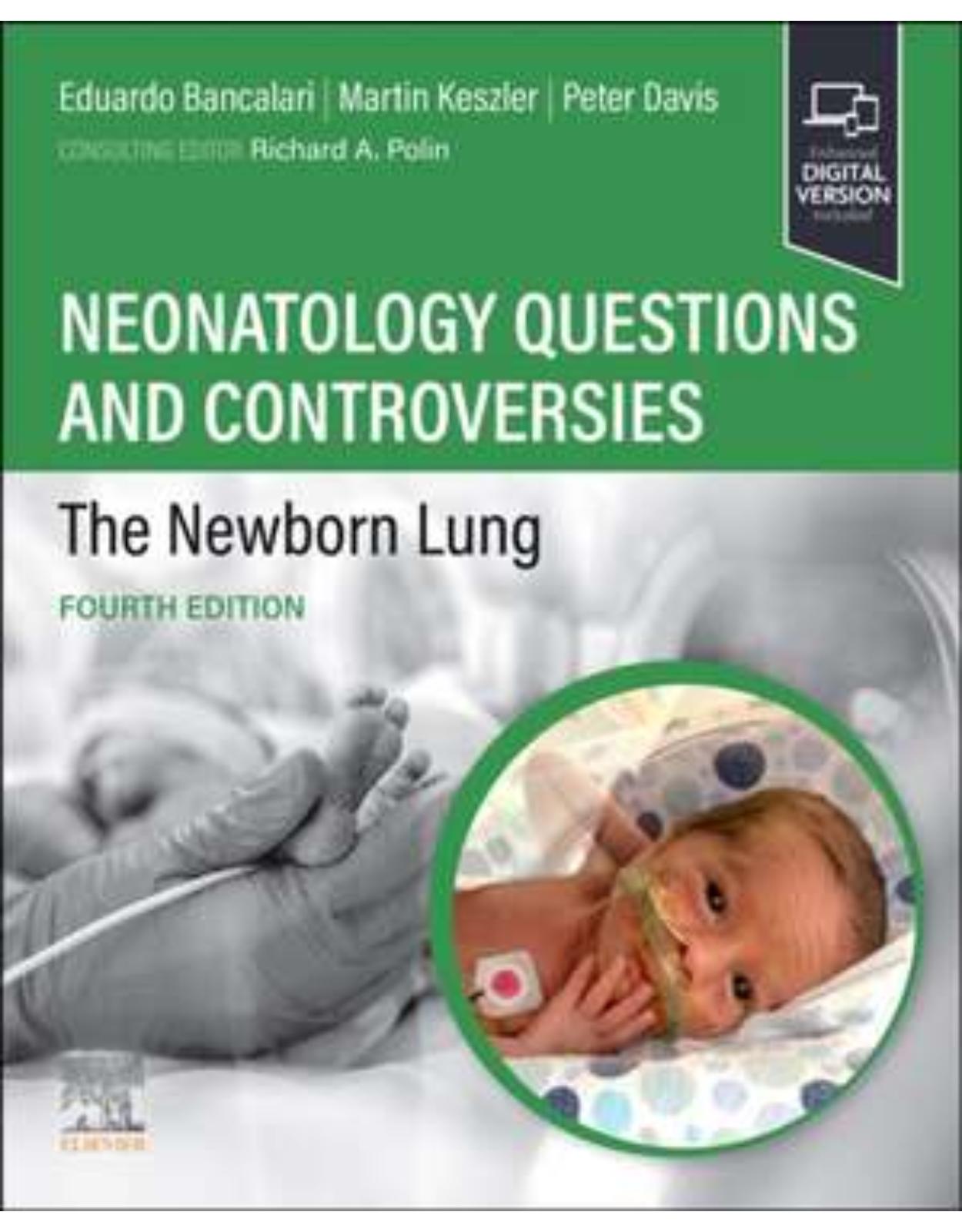
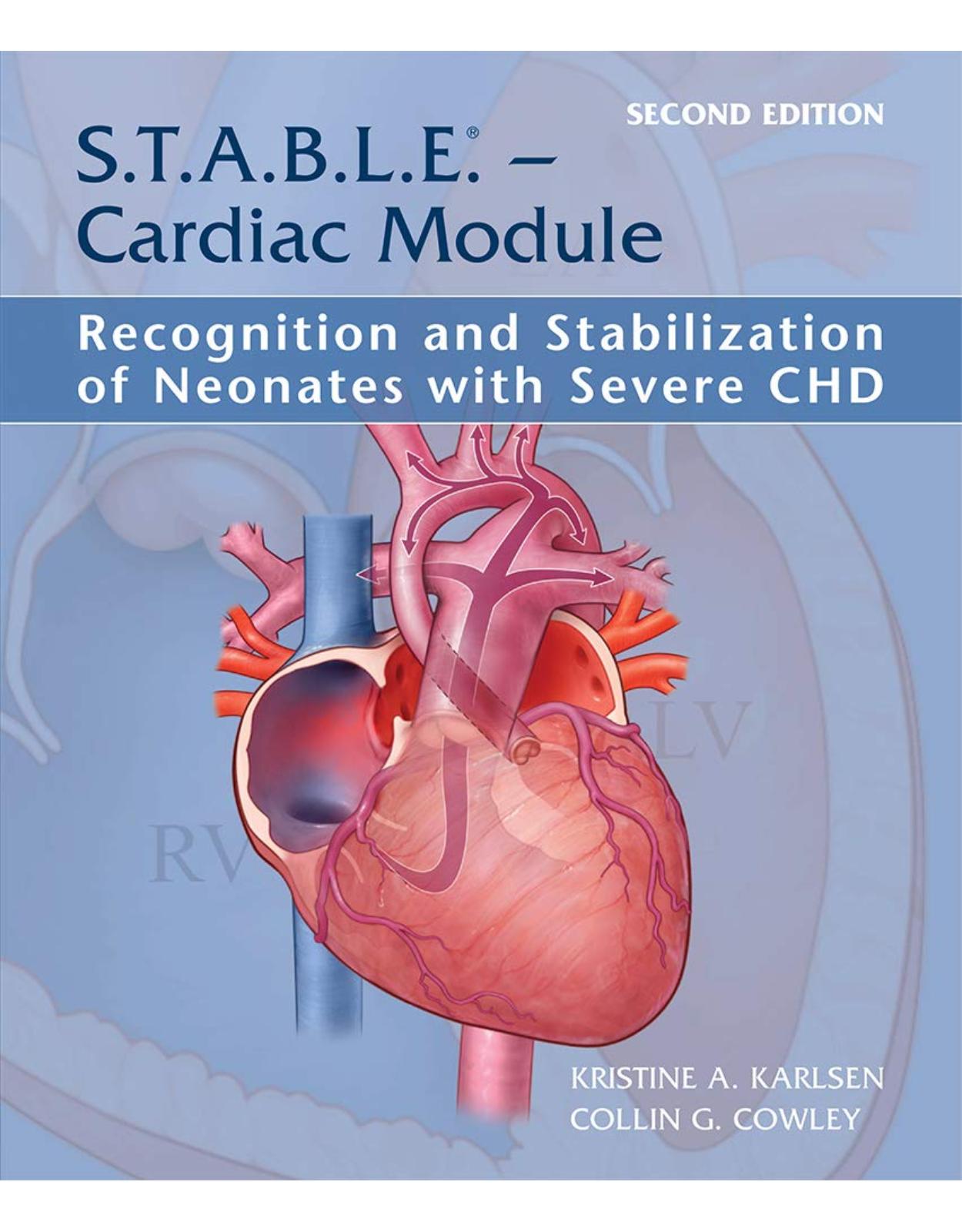
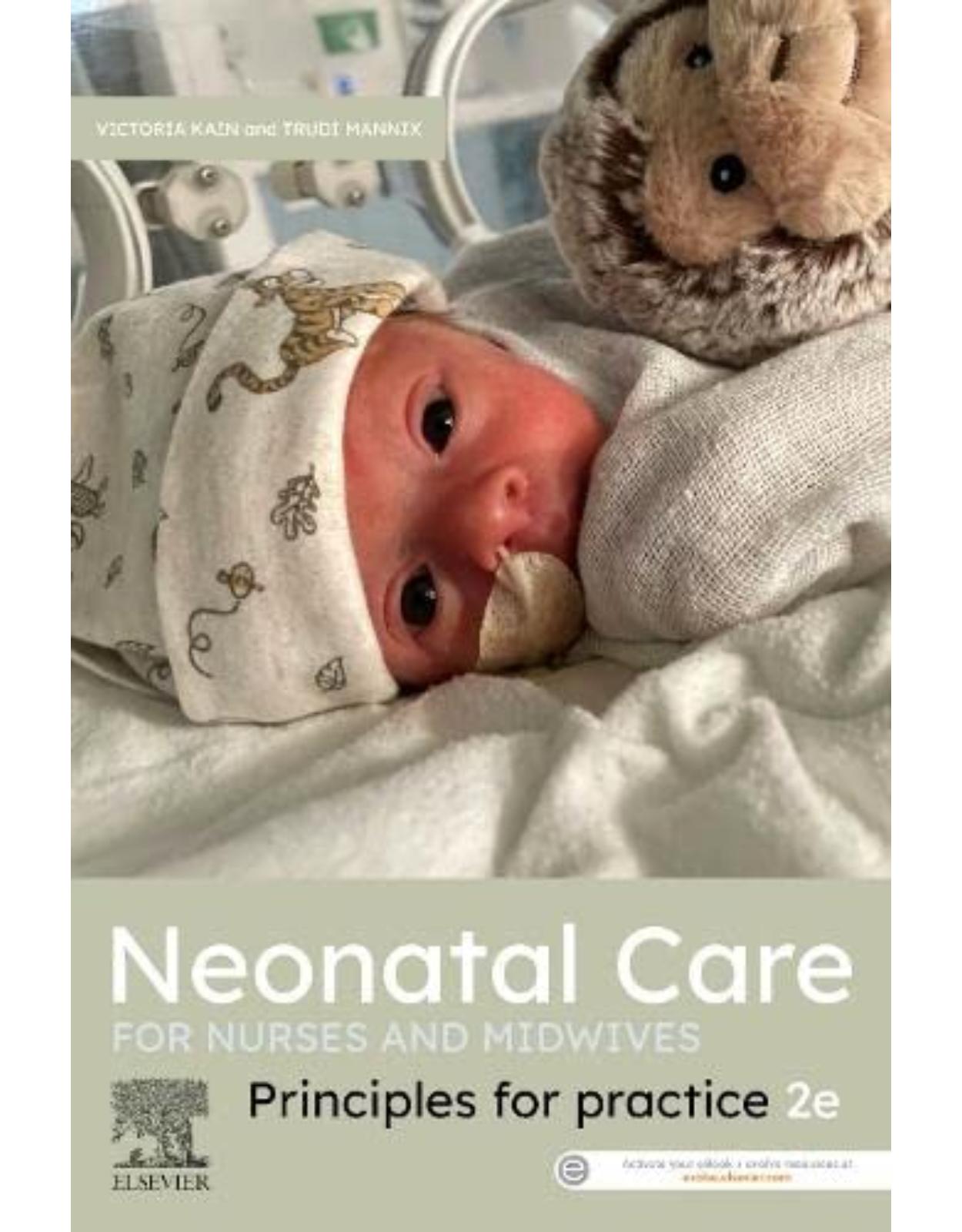
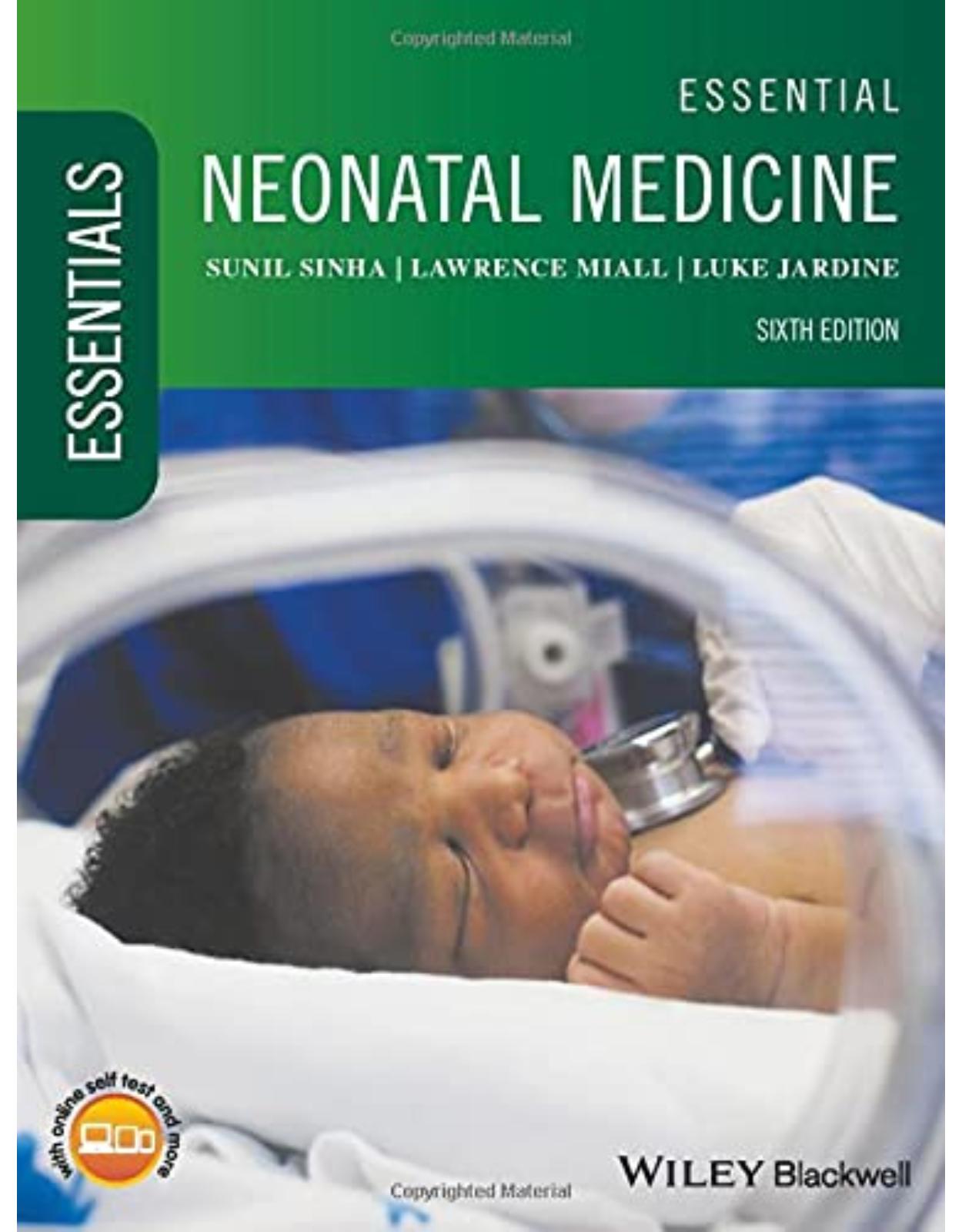
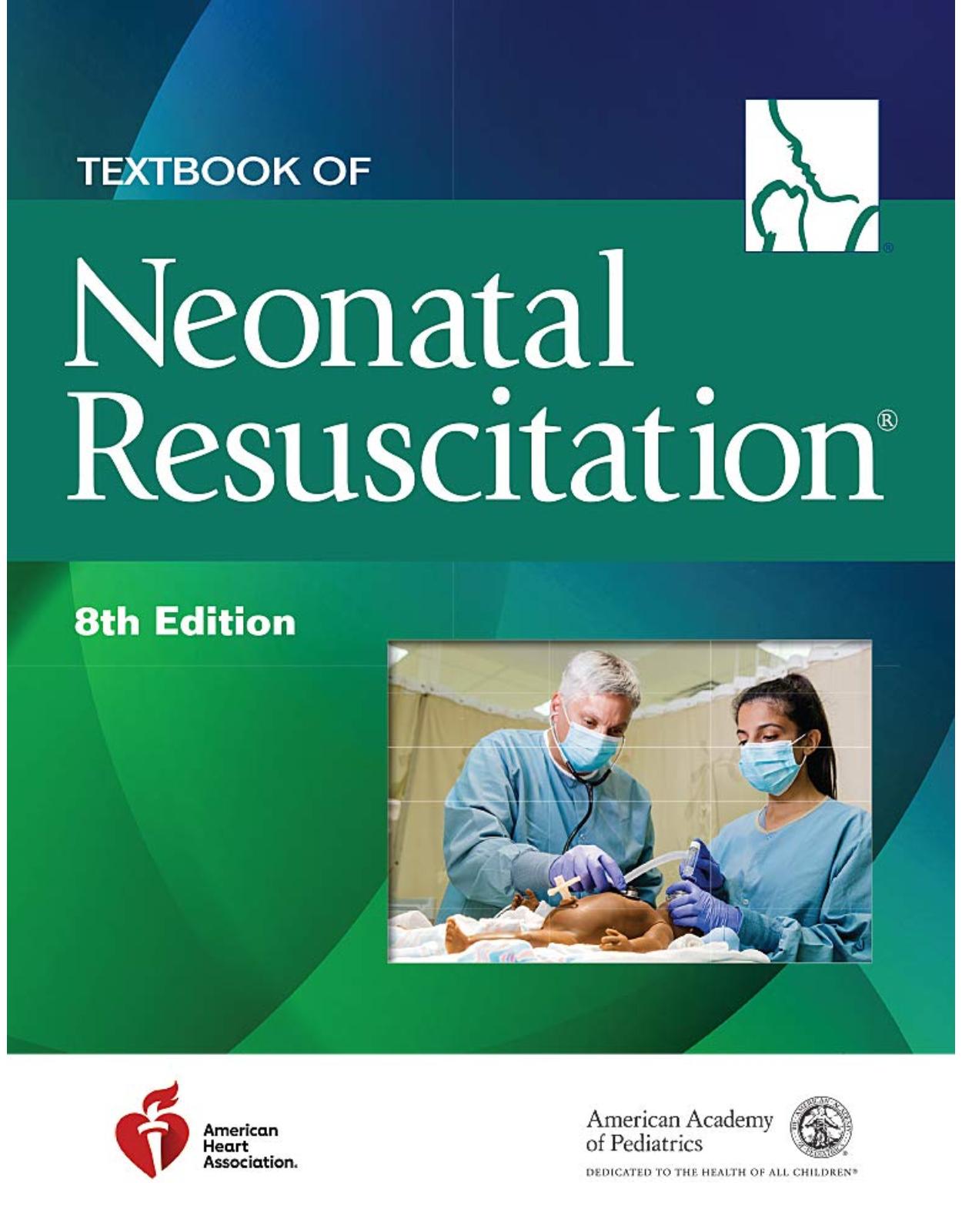
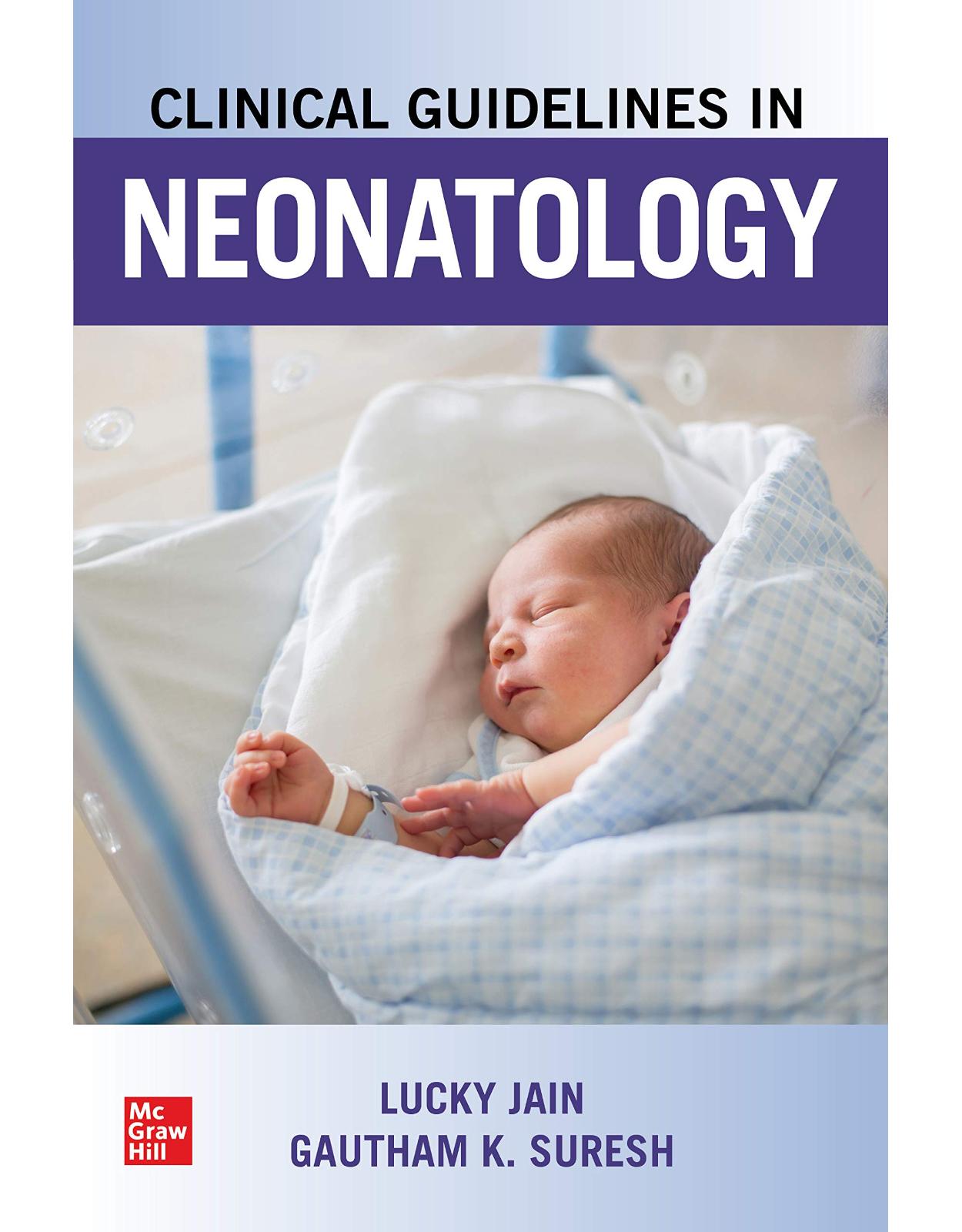
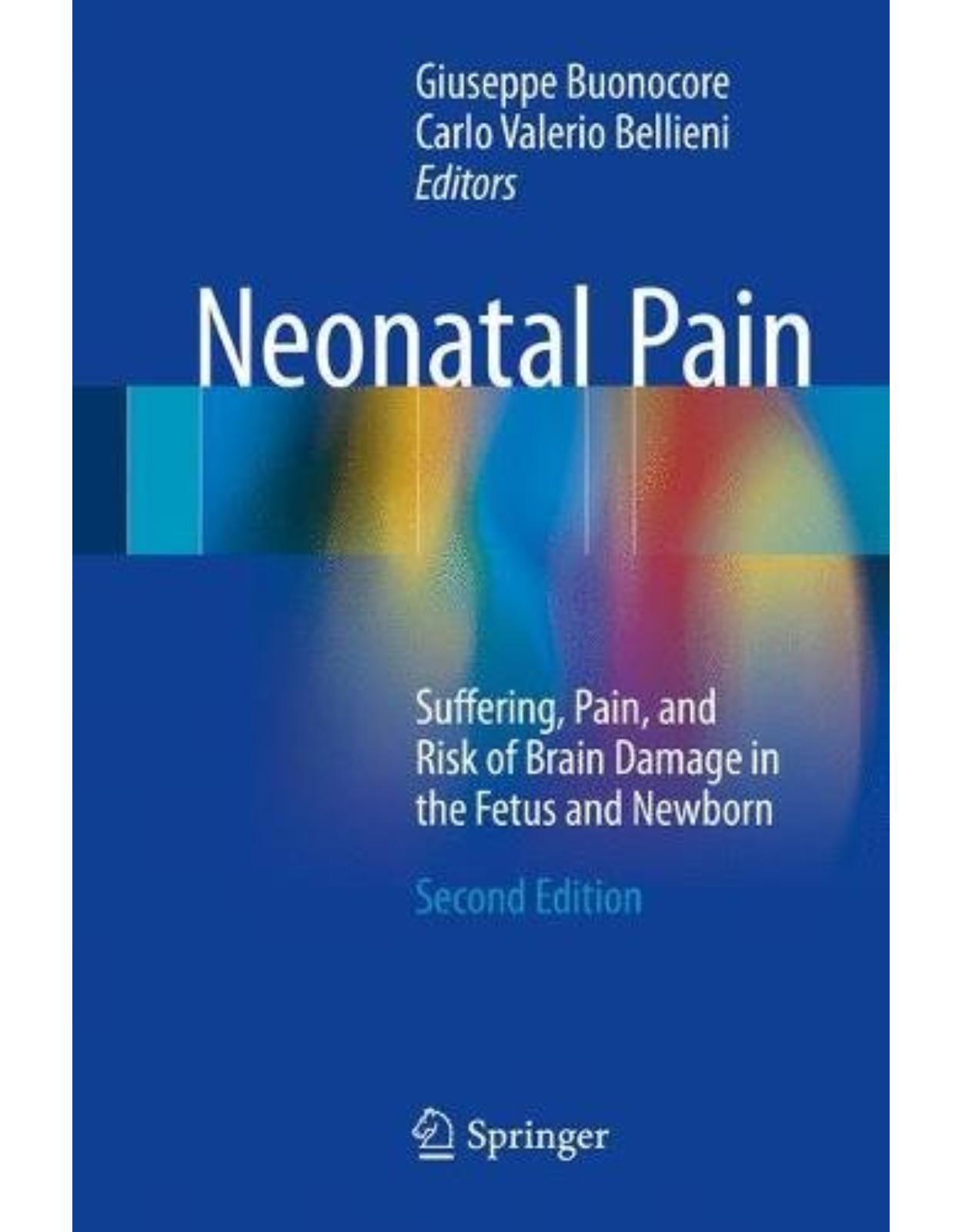

Clientii ebookshop.ro nu au adaugat inca opinii pentru acest produs. Fii primul care adauga o parere, folosind formularul de mai jos.